Do you want to enjoy thrilling wildlife safari? Do you want to feel nature from closer by slow water rafting? Do you want to dare to stay in the middle of the forest in the night? If yes, then Manas National Park should be your next vacation destination.
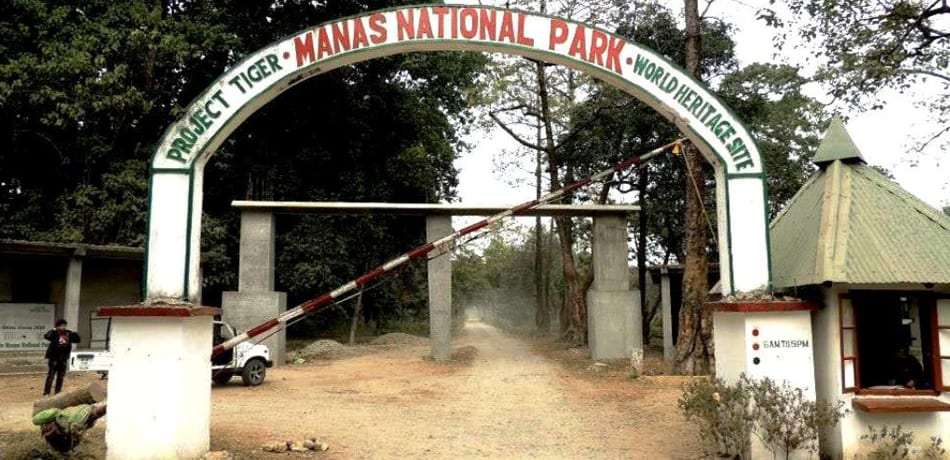
Do you want to know manas national park by more closer? If yes, Then let me be your guide for this adventurous trip to the Manas National Park.
Table of Contents
Manas National Park At Glance:
This park is spread in the area of 950 km 2 in the lap of the Himalaya located in Assam, India. This park is declared as world heritage site by UNESCO in 1985, a tiger reserve, an elephant reserve and a biosphere reserve.
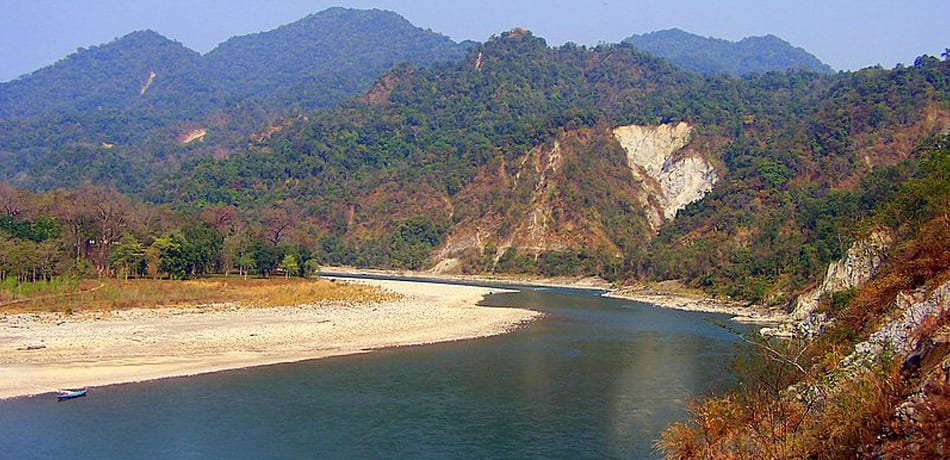
The name of this park is originated from the Manas River whose name is actually has been taken from the snake goddess “Manas”. Manas river is the heart of this park and passes through the park and also a major contributory of Brahmaputra River.
Wildlife At Manas National Park:
You will get wildlife ventures at its peak in the park. In the park, you may see often extinct species like capped langur, pygmy hog, hog deer, Asian elephants, wild water buffalo which are in the IUCN’s red list.
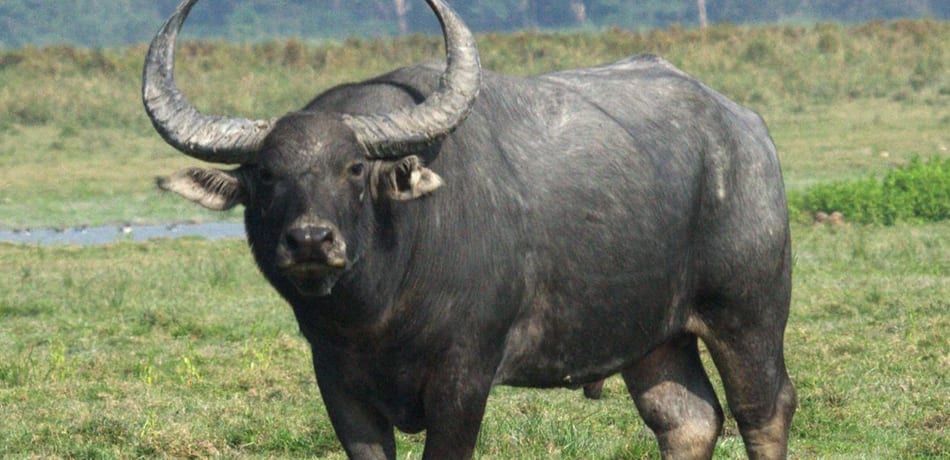
If you are lucky then you may also see some rare species in the park which you will not find anywhere in the world like Assam roofed turtle, pygmy hog, golden langur and the hispid hare.
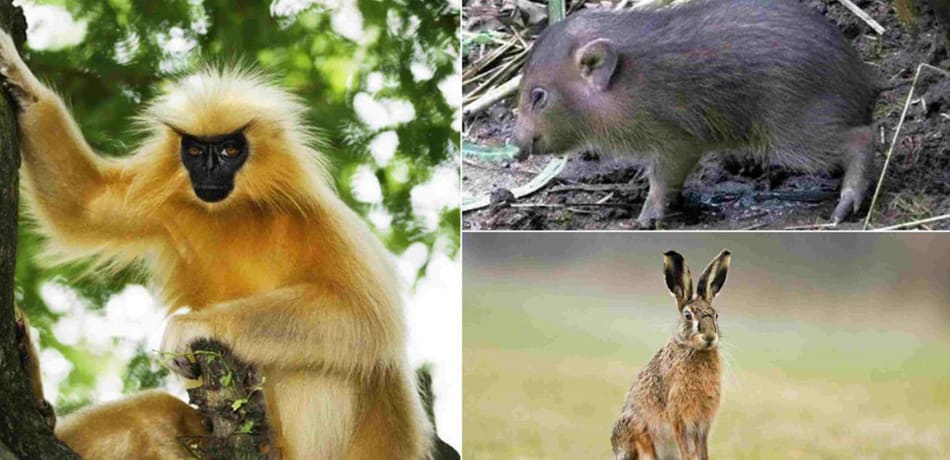
You will see a wide range of Fauna, Flora, and Biomes in the park that which will make your journey more memorable. In Fauna, there are mainly 55 species of mammals, 450 species of birds, 50 species of reptiles and 3 species of amphibians. You may see Indian Rhinoceros, hog deer, Indian elephants, gaurs, chitals, sambar deer, black panthers, barasingha, Asian water buffaloes, Indian tigers, leopards, clouded leopard, Asian golden cats, dholes, capped langur, golden langur, Assamese macaques, slow loris, hoolock gibbons, sloth bears, smooth-coated otters
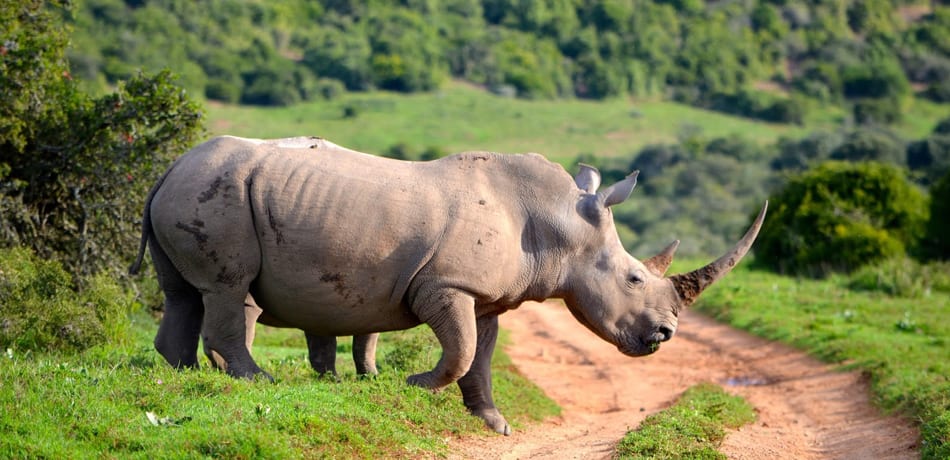
You may also see lots of Varieties of birds species here, from which the some are Bengal Florican, great hornbills, bulbuls, jungle fowls, herons, ospreys, magpie robins, scarlet minivets, pelicans, egrets, brahminy ducks, kalij pheasants, fishing eagles.
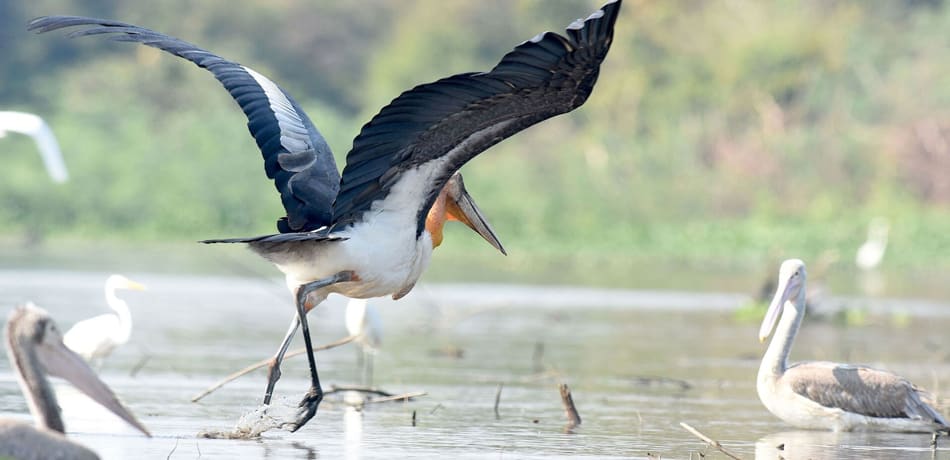
Manas National Park is mainly divided into three ranges – Bansbari (central range), Panbari (western range) and Bhuiyapara (eastern range).
In Flora, we find lots of diversities too in the Manas National Park. There are mainly 543 plant species are as per record in the park from which 374 species of dicotyledons, 139 species of monocotyledons, and 30 species of pteridophytes and gymnosperms.
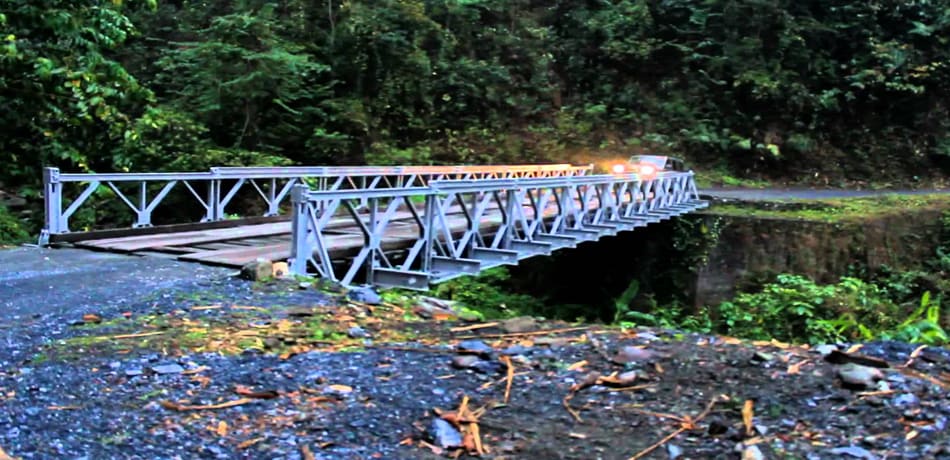
The common trees of the park are Bauhinia purpurea, Aphanamixis polystachya, Anthocephalus Chinensis, Syzygium cumini, Syzygium formosum, Syzygium oblatum, Bauhinia purpurea, Mallotus philippensis, Cinnamomum tamala, Actinodaphne obovata, Bombax ceiba, Sterculia villosa, Dillenia indica, Dillenia pentagyna, Careya arborea, Lagerstroemia parviflora, Lagerstroemia speciosa, Terminalia bellirica, Terminalia chebula, Trewia polycarpa, Gmelina arborea, Oroxylum indicum and Bridelia spp.
Things you can’t miss At Manas National Park:
1. River Rafting:
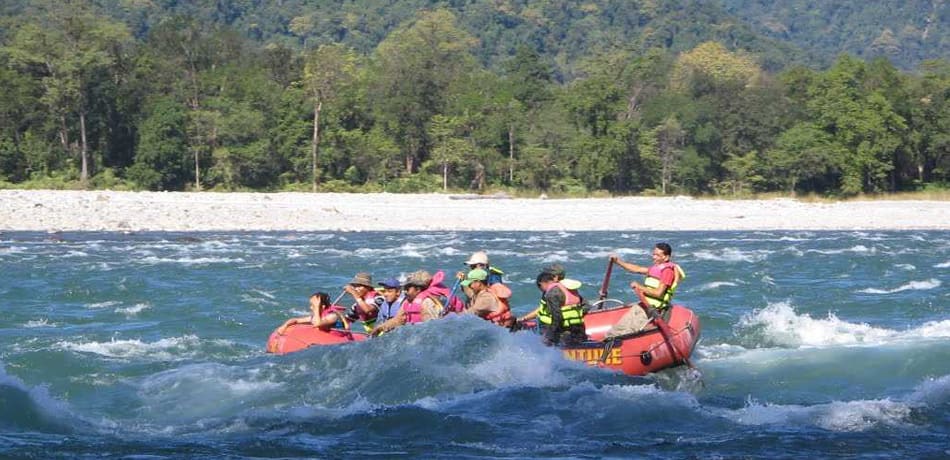
The slow water rafting has a fun of itself in the Manas river in the Manas National Park. The slow flow of water makes your experience funnier and you seem to be getting closer to the surrounding forest and wildlife. River rafting starts from Mothanguri and ends at Bispani.
2. Dance By Boro Villagers:
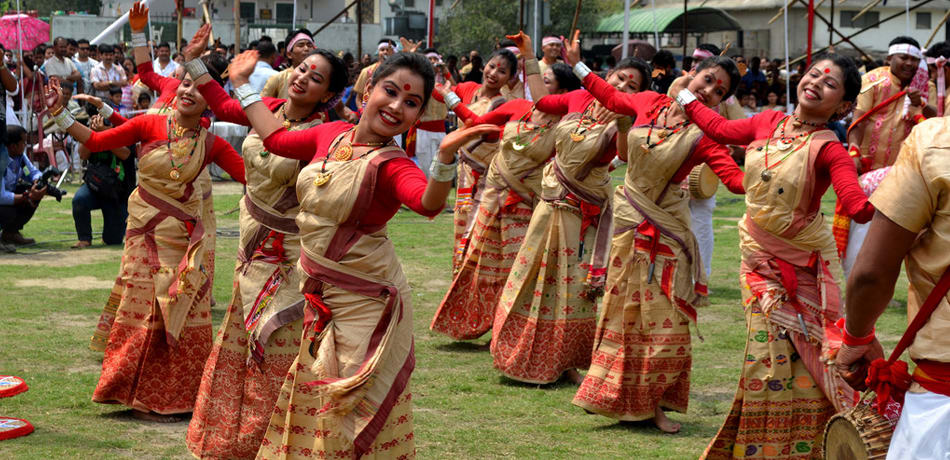
On requests, resorts located outside the park can arrange the special dance performance of the Boro villagers and other local tribes in the evening. You can’t miss this gripping dance performance of the rural dancers who unfold their life by their dance performance.
3. Wildlife Safari:

You can enjoy elephant and jeep safari here to explore the wildlife of the park. You can easily see great hornbills, Khaleej Pheasant, fishing eagles, kingfishers, smooth-coated otters wandering freely. If you got lucky, you can encounter golden langur too.
Best Time To Visit Manas National Park:
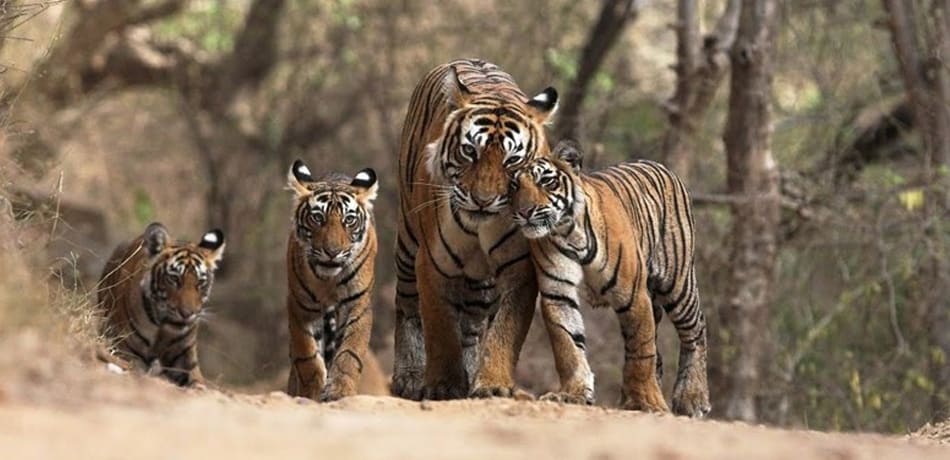
Winter and summer are the most welcoming time to visit the park. In winter (November to February), bird lovers can see many migratory birds as well like Brown-headed Gull, Marsh Harrier, Northern Shoveler, Ferruginous Duck, Hen Harrier, Greater Spotted Eagle and many more. In summer (March to May), the day temperature reaches up to 350 C but there is maximum visibility, so the possibilities of animal sightings increase.
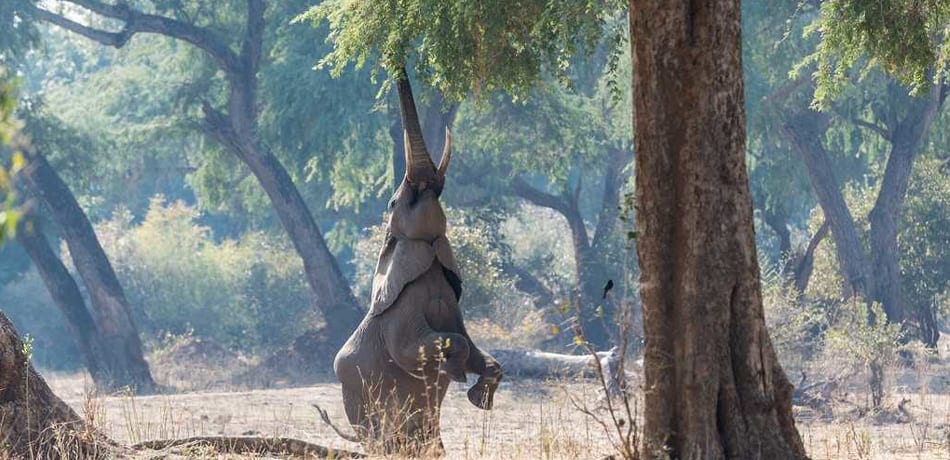
How To Reach Manas National Park:
By Train:
The nearest railway station to Manas National Park is Barpeta Road which is around 30 km from the park. You can use Delhi or Howrah to Guwahati train which has one stop at Barpeta Road.
By Air:
Guwahati International airport is the nearest airport to the Manas National Park which is around 147km via NH27.
By Road:
Manas National Park is well connected to the all major cities of the Assam. You can use bus services or taxi services to reach the park.
Accommodation At Manas National Park:
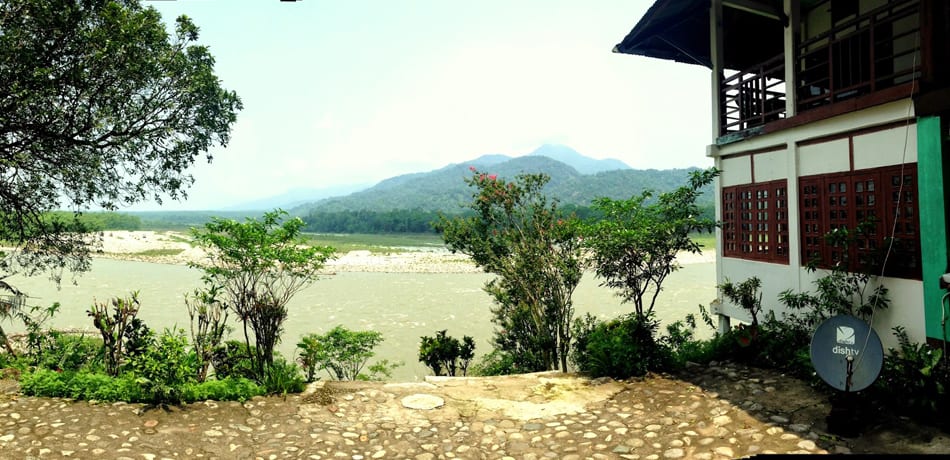
There are some private and government resorts and rest houses in bahbari range and Bhuiyapara range that can enhance your trip adventure. Their packages start from INR 3500. You can also dare to stay in the middle of the forest in the night without light. Yes,
in Mathanguri forest rest house situated at the base of the Manas river in the forest. You get light from 6 to 10 pm from generators as there is no light connection. You can stay in the resorts which are outside of the park for more better facilities.
Protips From The Editor’s Desk:
● Always carry your one of the identity proof along with you. It may be your passport, driving license or any other of identity proof.
● Don’t forget to carry extra spare batteries for your camera and power bank for your mobile if you are planning to stay inside the forest at Mathanguri Forest Rest House.
● Always carry cash, medicines along with you as you will find any ATMs and pharmacies after Barpeta Road.
● If you want to stay in Mothanguri FRH then book your room at least 2-3 months as there are few rooms available in the rest house.
● Always carry emergency lights, mosquito repellents, plenty of bottled water, clothes as per the season.
Know more about our tours, please email us at [email protected] or Visit our India Wildlife Tour.

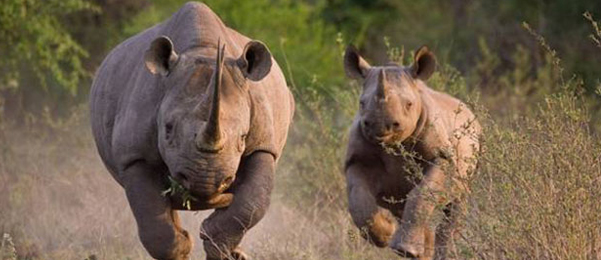

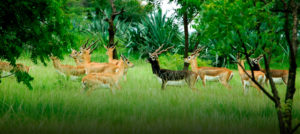
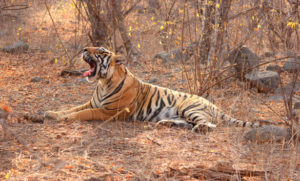
For a elephant safari and see Rahino’s in the jungle is it better to visit Manas National Park than Kajiranga ?
Kajiranga has greater population of Rahino so thats best to visit. However, both these parks are in Assam state of India so you can think of get the experience of both. Good luck with your tour.
Is Rhino only in Kaziranga National Park in India? How much time should be spent in the park to see all the animals?